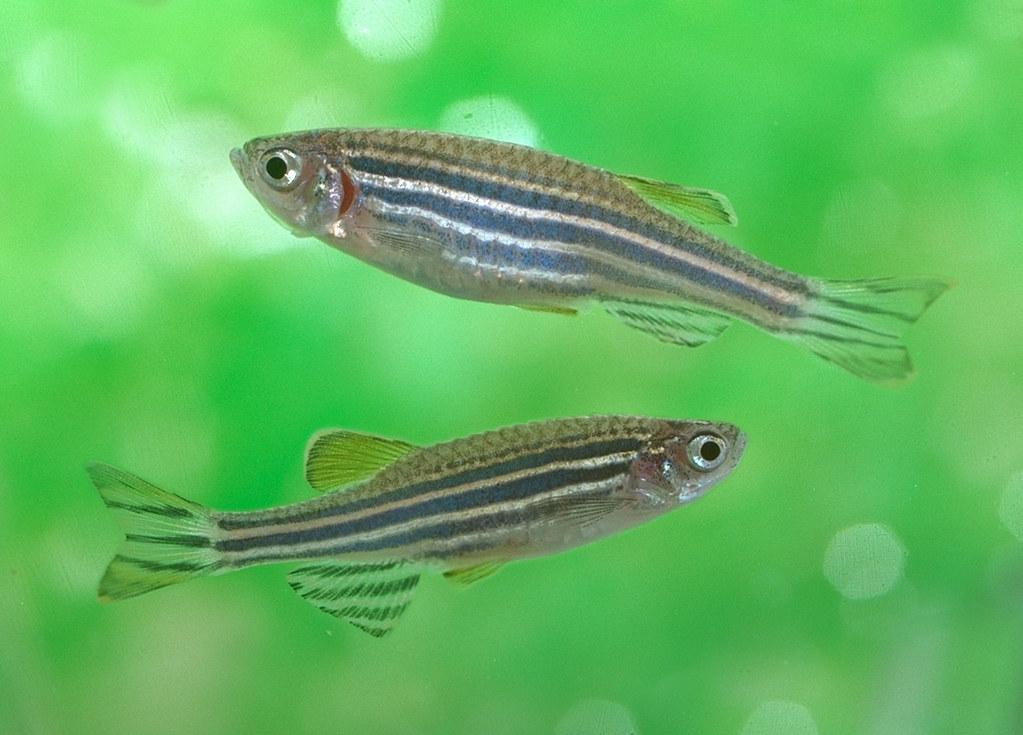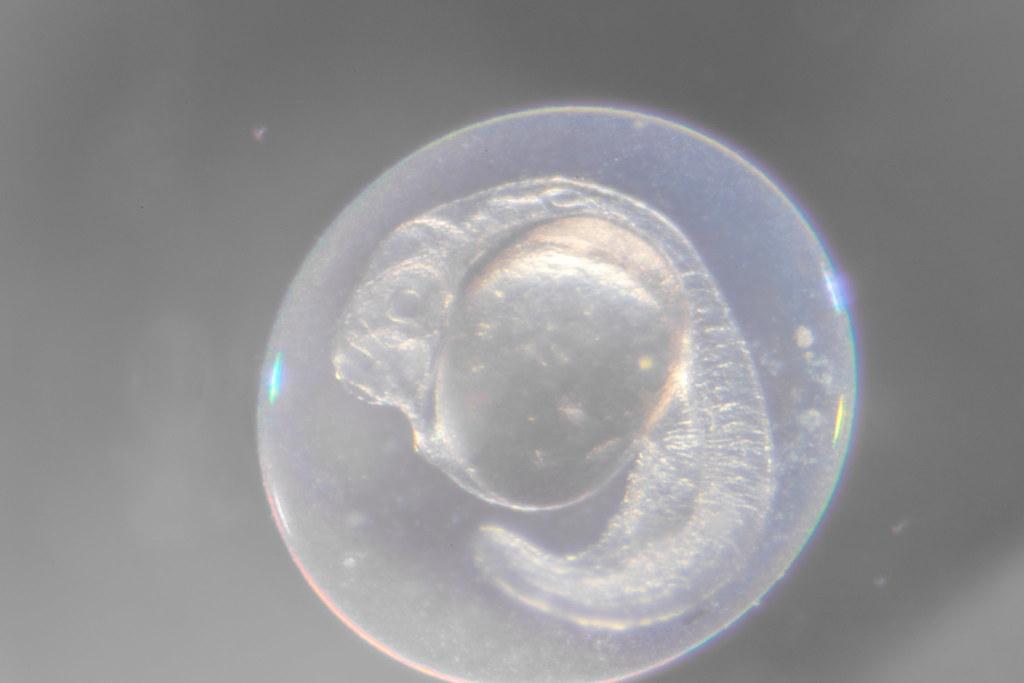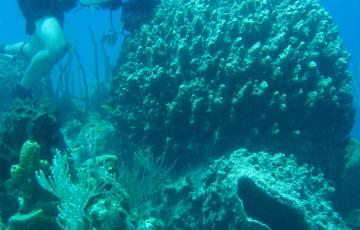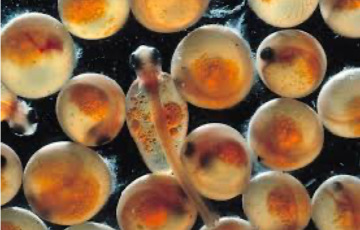Zebrafish
To download the activity page, click here.
Zebrafish

- About 4 cm long when fully grown - that’s smaller than a AAA battery
- Originally from South Asia
- Produces 300-400 eggs every two weeks
- IMET raises 30,000 zebrafish at a time for research!
Why study zebrafish?

You may have heard of scientists who use mice in their research. They are using a mouse as a model organism, which helps scientists understand how diseases, medical treatments, and other processes work in a body. Zebrafish are another commonly used model organism, especially for studying embryonic development and genetics.
Scientists particularly like using zebrafish in their research because of one cool feature it has: Zebrafish embryos are translucent. An embryo is an unborn animal and translucent means that light passes through it. That means that you can see a zebrafish embryo grow and develop before it hatches. Scientists watch this process using a light microscope.
Dr. Jim Du studies how muscles grow and develop, using zebrafish as his model organism. This kind of research could help us treat muscle diseases like muscular dystrophy.
To learn about genotypes and phenotypes, as well as the embryonic development of zebrafish, complete this activity.
You can find out more about that in this video:


